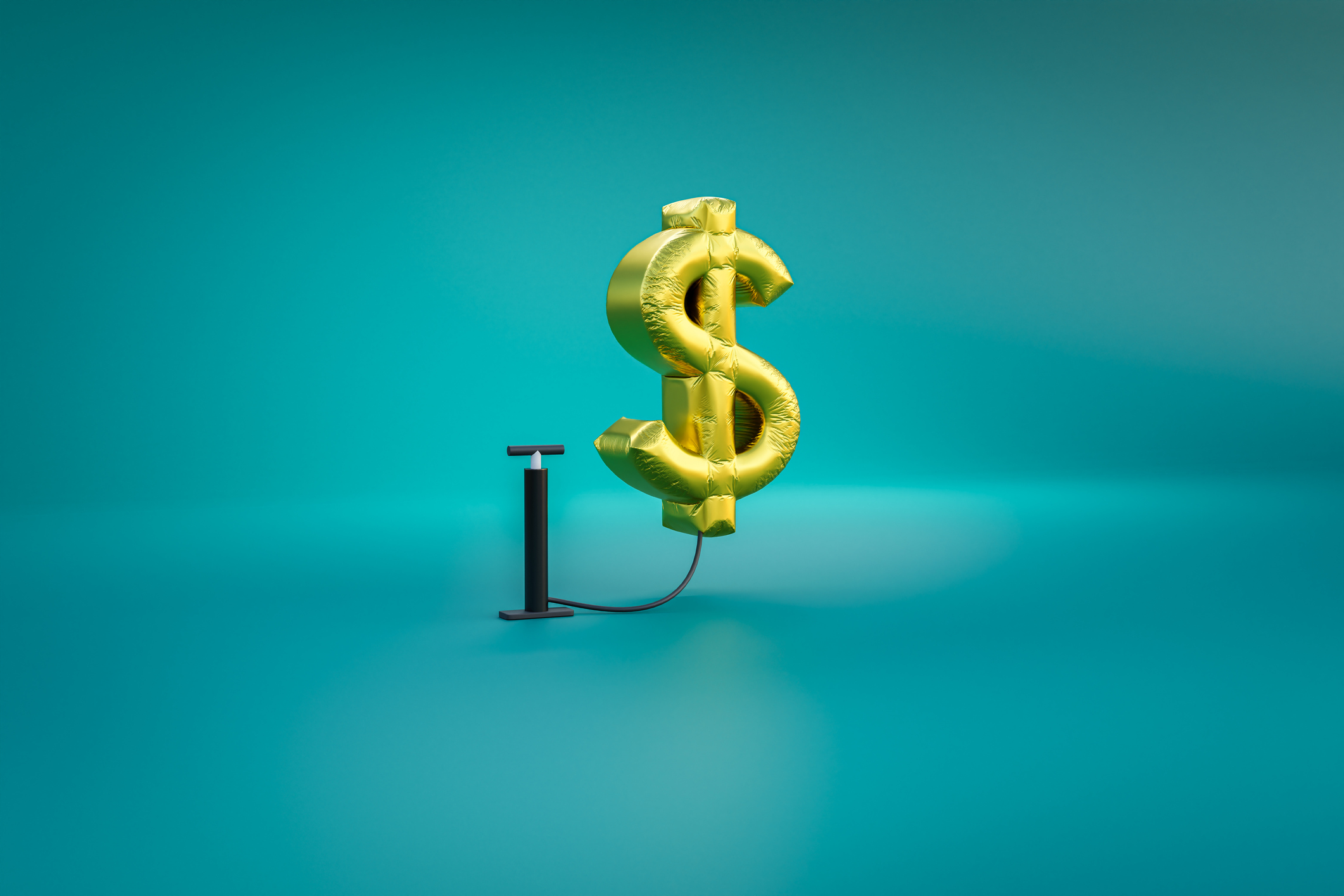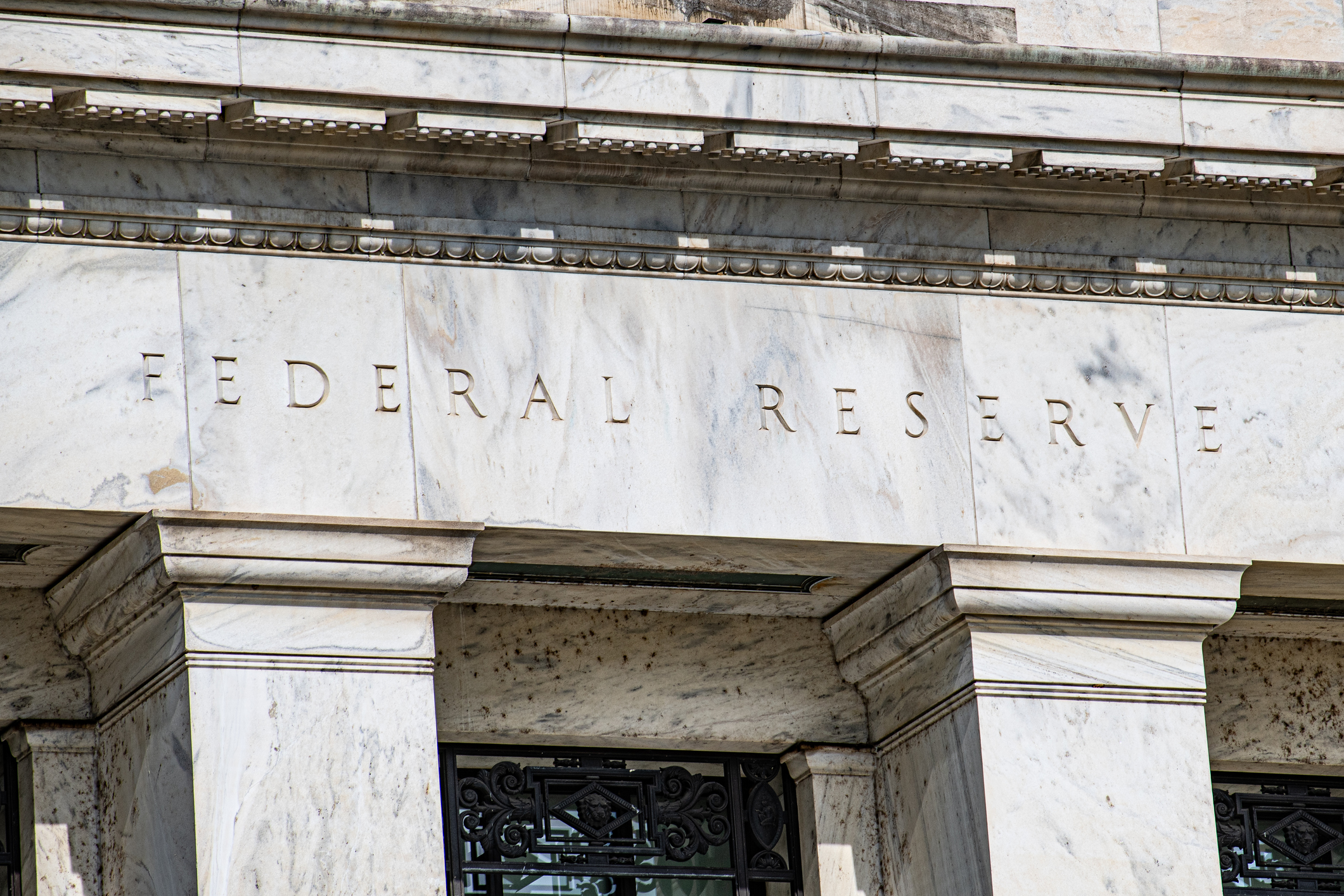Emergency Funds Can Reduce Stress
Your savings can bail you out of a situation you may not think of as an emergency.


A growing number of Americans are struggling to cover unexpected expenses, highlighting the need for emergency savings. According to Bankrate's 2024 Emergency Savings Report, only 44% of U.S. adults could afford a $1,000 emergency expense using their savings, while 25% have no emergency savings at all. This financial vulnerability leaves many relying on credit cards, loans or cutting back on other essentials when faced with unexpected costs.
Building an emergency fund is one of the most effective ways to reduce financial stress and avoid debt. Even setting aside small amounts consistently can help create a financial cushion, making it easier to handle life’s surprises without jeopardizing long-term financial goals.
If I lost my job tomorrow, I would be devastated. But I know I could survive for a few months without a paycheck. Over the past few years, I’ve accumulated a stash of cash in a savings account — and left it alone. I haven’t had any financial disasters serious enough for me to drain my cache. But I feel calmer knowing the money is there.
From just $107.88 $24.99 for Kiplinger Personal Finance
Become a smarter, better informed investor. Subscribe from just $107.88 $24.99, plus get up to 4 Special Issues

Sign up for Kiplinger’s Free Newsletters
Profit and prosper with the best of expert advice on investing, taxes, retirement, personal finance and more - straight to your e-mail.
Profit and prosper with the best of expert advice - straight to your e-mail.
An emergency fund can come to your rescue not only if you lose your job but also if you have an unexpected medical bill or an urgent home or car repair. It can also bail you out of a situation that you may not think of as an emergency but affects your mental health or professional growth.
For example, you may decide to break the lease on an apartment because of a bad roommate situation or quit a toxic job even though you have nothing else lined up.
Get started. Millennials who are juggling everyday expenses, student (or other) debt and retirement-account contributions may be hard-pressed to see the importance of preparing for some unknown future plight. But without an emergency fund, when a sudden expense does crop up, you may need to deplete your retirement savings or investments, skip bill payments, or carry a balance on your credit card to pay for it —and any of those could ding your financial future.
Financial planners usually recommend setting aside from three to six months’ worth of essential living expenses, including rent or mortgage payments, health insurance, transportation, and groceries.
If you have a stable job, are debt-free and could move in with friends or back home in a pinch, you might be comfortable saving less. A spouse or partner’s income is another safety net. If you have children, a mortgage or lots of debt, or you earn an irregular income as a freelancer or small-business owner, you should lock down enough capital to last six months or more.
Of course, this may mean that your emergency fund should have thousands of dollars. But you don’t need to stockpile that amount all at once, especially if you are simultaneously paying down loans or beefing up your 401(k). Pam Capalad, a certified financial planner in New York City and founder of Brunch & Budget, recommends focusing on a smaller amount, such as one month’s worth of living expenses. After that, work on debt while gradually contributing to your emergency fund.
If you’re feeling really stretched, keep at least $1,000 in your emergency fund at all times to bail you out of minor crises. “Otherwise, the cycle of debt will continue,” Capalad says.
The easiest place to keep your emergency fund is in an FDIC-insured high-yield savings or money market deposit account. Kiplinger’s best banks for millennials, Ally Bank and Discover Bank, both offer savings accounts that have no monthly fees or minimum-balance requirements.
Need more motivation? “Save for a feeling, not for a thing,” says Capalad. “Having this fund means that if something unexpected comes up, you can grieve or be emotional without stressing about the financial side or feeling stuck.” If it helps, rename your emergency fund something more positive, such as a yes fund or an opportunity fund, says Capalad. “It gives you the ability to say Yes, I can buy new tires for my car, or Yes, I can take advantage of this once-in-a-lifetime opportunity.”
Related Content
Profit and prosper with the best of Kiplinger's advice on investing, taxes, retirement, personal finance and much more. Delivered daily. Enter your email in the box and click Sign Me Up.

-
 Nasdaq Leads as Tech Stages Late-Week Comeback: Stock Market Today
Nasdaq Leads as Tech Stages Late-Week Comeback: Stock Market TodayOracle stock boosted the tech sector on Friday after the company became co-owner of TikTok's U.S. operations.
-
 Disney’s Risky Acceptance of AI Videos
Disney’s Risky Acceptance of AI VideosThe Kiplinger Letter Disney will let fans run wild with AI-generated videos of its top characters. The move highlights the uneasy partnership between AI companies and Hollywood.
-
 Ask the Editor: Itemized Deductions
Ask the Editor: Itemized DeductionsAsk the Editor In this week's Ask the Editor Q&A, Joy Taylor answers questions on itemized deductions claimed on Schedule A of Form 1040
-
 The November CPI Report Is Out. Here's What It Means for Rising Prices
The November CPI Report Is Out. Here's What It Means for Rising PricesThe November CPI report came in lighter than expected, but the delayed data give an incomplete picture of inflation, say economists.
-
 The Delayed September CPI Report is Out. Here's What it Signals for the Fed.
The Delayed September CPI Report is Out. Here's What it Signals for the Fed.The September CPI report showed that inflation remains tame – and all but confirms another rate cut from the Fed.
-
 Banks Are Sounding the Alarm About Stablecoins
Banks Are Sounding the Alarm About StablecoinsThe Kiplinger Letter The banking industry says stablecoins could have a negative impact on lending.
-
 What Will the Fed Do at Its Next Meeting?
What Will the Fed Do at Its Next Meeting?The Federal Reserve is set to resume its rate-cutting cycle at the next Fed meeting.
-
 May Fed Meeting: Updates and Commentary
May Fed Meeting: Updates and CommentaryThe May Fed meeting came and went with little fanfare as Fed Chair Powell & Co. stuck to their data-dependent script toward interest rates amid tariff uncertainty. The May Fed meeting came and went with little fanfare as Fed Chair Powell & Co. stuck to their data-dependent script toward interest rates amid tariff uncertainty.
-
 CPI Report Puts the Kibosh on Rate Cuts: What the Experts Are Saying About Inflation
CPI Report Puts the Kibosh on Rate Cuts: What the Experts Are Saying About InflationCPI Consumer price inflation reared its ugly head to start the year, dashing hopes for the Fed to lower borrowing costs anytime soon.
-
 Fed Leaves Rates Unchanged: What the Experts Are Saying
Fed Leaves Rates Unchanged: What the Experts Are SayingFederal Reserve As widely expected, the Federal Open Market Committee took a 'wait-and-see' approach toward borrowing costs.
-
 CPI Report Keeps the Fed on Track: What the Experts Are Saying About Inflation
CPI Report Keeps the Fed on Track: What the Experts Are Saying About InflationCPI Disinflation in key areas of consumer prices should help the Federal Reserve stick to its policy path of gradual cuts to interest rates.